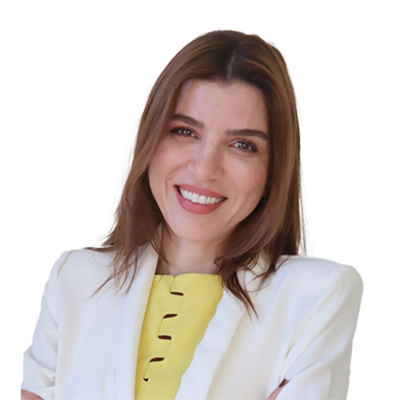What is a bronchoscopy?
A bronchoscopy is a procedure that allows the doctor to look inside your child’s airway (trachea and bronchi). These are the main tubes which take air to the lungs. A fibreoptic bronchoscope is usually used – this is a thin flexible tube connected to a TV monitor. During the procedure, the doctor may also take a biopsy (small sample of tissue) or wash out secretions. The secretions will be sent to the laboratory to look for infection.
In general, a bronchoscopy is used to work out what is causing breathing problems, but it can be used after an operation to the trachea, bronchi or lungs to check that they are healing well.
Why does my child need a bronchoscopy?
Reasons for doing bronchoscopy include:
- Diagnosis of a lung problem
- Identification of a lung infection
- Biopsy of tissue from the lung
- Removal of mucus, a foreign body, or other obstruction in the airways or lungs, such as a tumor.
What happens before a bronchoscopy?
Information about how to prepare your child for the bronchoscopy is included in your admission letter. Your child should not have anything to eat or drink for the time mentioned in the letter. It is important to follow these instructions otherwise your child’s operation may have to be delayed or even cancelled.
The doctors will explain the procedure in more detail, discuss any worries you may have and ask you to sign a consent form. An anaesthetist will also visit you to explain about the anaesthetic. The choice of the method of going to sleep depends on many factors including your child’s condition, previous experiences and preferences. If your child has any medical problems such as allergies, please tell the doctors.
What does a bronchoscopy involve?
Your child will always have the bronchoscopy under general anaesthesia. The bronchoscope is passed by the doctor through the mouth and down the back of the throat into the windpipe (trachea) and down into different parts of the lungs (the smaller airways - bronchi and bronchioles). The bronchoscope has a light which shines to allow the doctor to have a clear view of the airways. Sometimes it is also possible to take pictures. He or she will then be able to examine the airways closely and perhaps take a biopsy.
What happens afterwards?
Your child will wake up from the general anaesthetic in a separate recovery room. Some children wake up straightaway but others may sleep for another two hours or so.
Once your child is awake and sitting up on his or her own, he or she will be able to eat and drink. Fruit squash and biscuits will be provided, but you are welcome to bring along a favourite snack. Unless your child is sick, once he or she has had something to eat and has passed urine, and as long as no other tests are planned, the cannula will be removed, and you will be able to go home.
Are there any side effects and what to do when you get home?
Your child's throat may be a little sore for a few days. They may also be a little tired or sleepy due to the anaesthetic, for the first day. Your nurse will be able to advise you as to how soon your child can start to eat and drink.
Children often have a temperature following this procedure for which they can have paracetamol or ibuprofen. You should seek help if the temperature or sore throat is not alleviated by the paracetamol or ibuprofen.
You should encourage, but not force, them to drink. You can give your child milk once he or she is tolerating clear fluids. As long as they are drinking, it does not matter if they do not feel like eating for the first couple of days.
If a biopsy is taken, your child may cough up small spots of blood following the procedure. Blood spotting may occur up to 72 hours after the test.
In rare cases, an airway may be injured during bronchoscopy. If the lung is punctured, air can collect in the space around the lung, which can cause the lung to collapse. Usually this problem is easily detected and treated during the post procedure observations.

